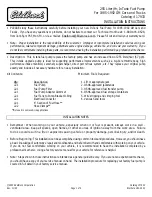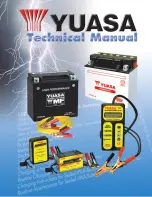
Choosing the Right Fuel With a Flex Fuel Vehicle (If Equipped)
Note:
If your vehicle is flex fuel capable, it will have a yellow bezel
placed over the fuel fill inlet.
Flex fuel vehicles are designed to use unleaded gasoline or an ethanol
fuel blend that contain up to 85% ethanol. It is also acceptable to use
any mixture of unleaded gasoline and ethanol fuel that contains up to
85% ethanol. An ethanol fuel blend that contains 85% ethanol is labeled
as E85 at the service station.
It is best not to alternate repeatedly between gasoline and E85.
If you do switch fuels, it is recommended that you add as much fuel
as possible—at least half a tank. Do not add less than five gallons
(18.9 liters) when refueling. You should drive the vehicle immediately
after refueling for at least 5 miles (8 kilometers) to allow the vehicle
to adapt to the change in ethanol concentration. If you exclusively use
E85 fuel, it is recommended to fill the fuel tank with regular unleaded
gasoline at each scheduled oil change.
Octane recommendations
3.7L V6/5.0L V8/6.2L V8 engines
“Regular” unleaded gasoline with a pump (R+M)/2 octane rating of 87 is
recommended. Some stations offer fuels posted as “Regular” with an
octane rating below 87, particularly in high altitude areas. Fuels with
octane levels below 87 are not recommended.
3.5L V6 EcoBoost engine
“Regular” unleaded gasoline with a pump (R+M)/2 octane rating of 87 is
recommended. Some stations offer fuels posted as “Regular” with an
octane rating below 87, particularly in high altitude areas. Fuels with
octane levels below 87 are not recommended. Premium fuel will provide
improved performance and is recommended for severe duty usage such
as trailer tow.
Do not be concerned if your engine
sometimes knocks lightly. However,
if it knocks heavily while you are
using fuel with the recommended
octane rating, see your authorized
dealer to prevent any engine damage.
87
(R+M)/2 METHOD
202
Fuel and Refueling
2013 F-150
(f12)
Owners Guide gf, 3rd Printing, February 2013
USA
(fus)
















































